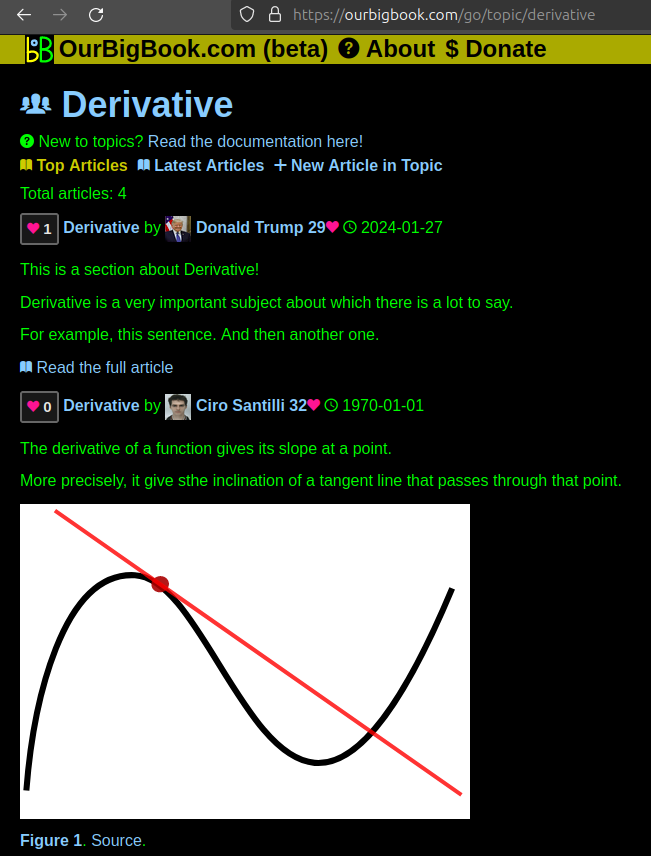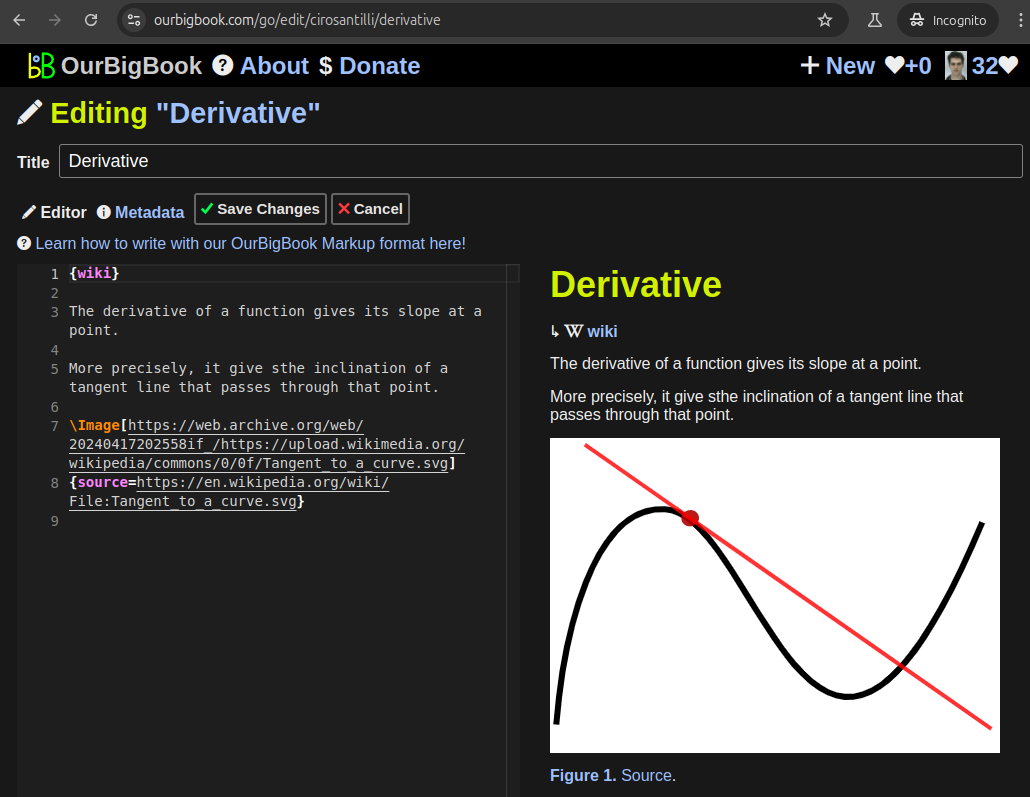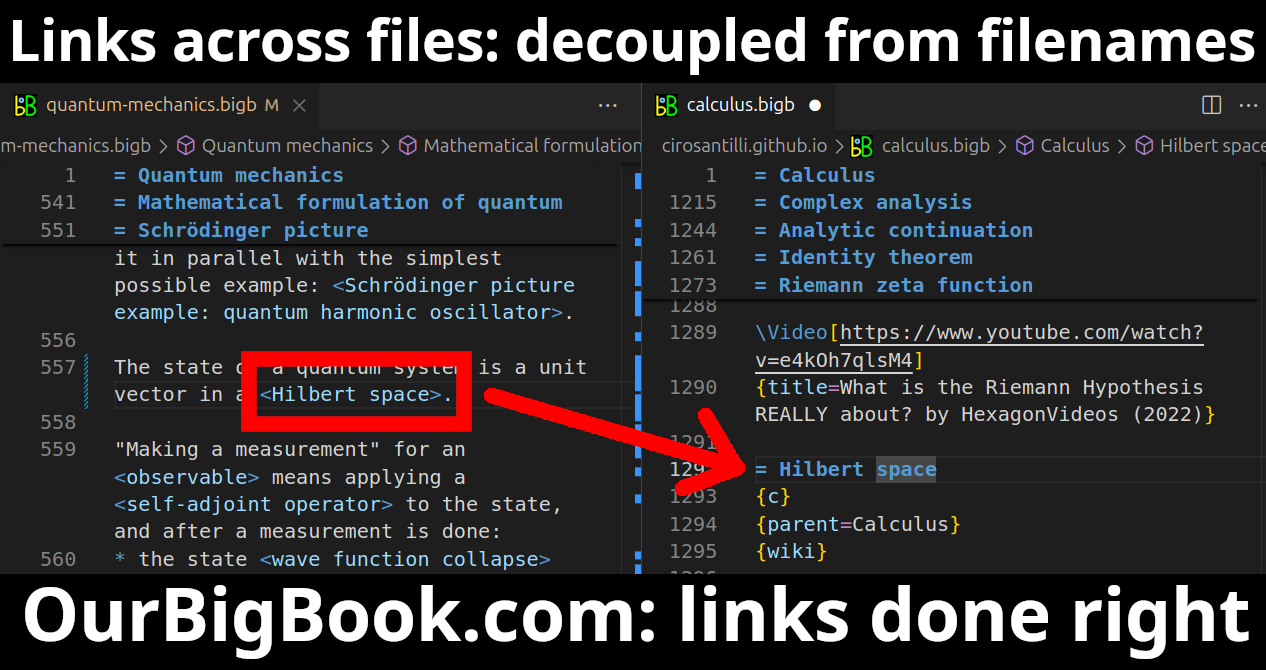Scattering, absorption, and radiative transfer are key concepts in various fields including atmospheric science, astrophysics, climatology, and optics. Here’s a brief overview of each concept and the role of codes used to model these phenomena: ### 1. Scattering **Definition**: Scattering refers to the process by which particles deviate from a straight trajectory due to non-uniformities in the medium through which they are traveling.
Forward scatter refers to the phenomenon where light, or other forms of electromagnetic radiation or particles, are scattered in a direction that is close to the direction of the incoming beam. This is often studied in various scientific fields, including optics, astrophysics, and particle physics. In the context of light scattering, forward scatter typically occurs when light interacts with small particles or molecules. The degree of forward scatter can provide information about the size, shape, and composition of the particles.
Geometric albedo is a measure of the reflectivity of a celestial body, such as a planet, moon, or asteroid, as observed from a specific geometrical configuration. Specifically, it defines the ratio of the brightness of the object when illuminated by a light source (usually the Sun) to the brightness of a flat, fully reflective surface (like a perfect diffuser) under the same illumination conditions.
Raman amplification is a process that utilizes the Raman effect to amplify light signals, primarily in optical fibers and other photonic devices. The Raman effect is a phenomenon where incident light interacts with the vibrational modes of molecular structures, causing a shift in the light's wavelength due to energy transfer between the photons and the molecules.
Ocean optics is a field of study that focuses on the interaction of light with water and its constituents, including phytoplankton, dissolved organic matter, sediments, and other materials present in the ocean. It encompasses various scientific disciplines, including physics, chemistry, and biology, to understand how light behaves in marine environments. Key aspects of ocean optics include: 1. **Light Propagation**: This involves understanding how light penetrates the ocean's surface, scattering and absorbing as it travels through water.
Scintillation in physics refers to the process by which certain materials emit flashes of light (or scintillation light) when they absorb ionizing radiation. This phenomenon is commonly observed in materials known as scintillators, which can be organic compounds, inorganic crystals, or even liquids. When a scintillator material is exposed to ionizing radiation (such as alpha particles, beta particles, or gamma rays), the incoming radiation interacts with the atoms of the scintillator, causing excitation and ionization.
The Marchenko equations are a set of integral equations used in the mathematical and physical analysis of wave propagation, particularly in the field of scattering theory and inverse problems. They are named after the Russian mathematician Vladimir Marchenko. The Marchenko equations are typically used to reconstruct the potential in one-dimensional quantum mechanical systems from scattering data.
Tardiness in scheduling refers to the amount of time a task or job is completed later than its scheduled or planned time. It is a critical performance metric in various fields, including project management, manufacturing, and operations management, where timing is essential for efficiency and productivity. Tardiness can be influenced by numerous factors, including delays in task execution, resource availability, unexpected disruptions, and poor planning. In scheduling contexts, it can refer to individual tasks or an entire project.
The Royal Observatory, Edinburgh (ROE) is a historic astronomical observatory located on the outskirts of Edinburgh, Scotland. Established in 1786, it was founded by the Astronomer Royal for Scotland, Thomas Henderson, and has played a significant role in the history of astronomy in the UK. The observatory was originally built to support astronomical research and was the site of notable achievements, including advancements in the measurement of stellar parallax and the study of asteroids.
MountainsMap is a software application primarily used for the visualization, analysis, and manipulation of 3D mathematical surfaces, particularly in the context of terrain modeling and study. Developed by a company called **Digital Surf**, it allows users to analyze and work with data obtained from various sources, including scanning and imaging techniques. MountainsMap is often utilized in fields like: 1. **Geology & Geography**: For modeling terrain surfaces and geological features.
The Council for the Central Laboratory of the Research Councils (CCLRC) was an organization in the United Kingdom responsible for managing and operating large facilities and infrastructure for scientific research. Established to oversee various national laboratories and research facilities, CCLRC aimed to support science and innovation across multiple disciplines.
Ken Pounds may refer to a person, but there isn't a widely known figure or concept associated with that exact name in popular culture, history, or other fields as of my last update in October 2023. It's possible that Ken Pounds could refer to a specific individual, perhaps someone local or lesser-known, or it could be a misspelling or miscommunication regarding another name.
The term "Vulcan laser" can refer to different concepts depending on the context. Here are a couple of interpretations: 1. **Vulcan Laser Systems**: This may refer to specific laser technology used in various applications, including defense, medical, or industrial settings. However, specific products might not be widely recognized under this name.
Ross T. Whitaker is a figure known in the fields of machine learning and artificial intelligence. He has contributed to research and academic literature, particularly in areas related to machine learning applications.
NAMD (Nanoscale Molecular Dynamics) is a molecular dynamics simulation software designed to efficiently simulate the behavior of large biomolecular systems, such as proteins, nucleic acids, and lipid membranes. It is developed by the Theoretical and Computational Biophysics Group at the University of Illinois at Urbana-Champaign, with the primary goal of studying the dynamics of molecular systems at atomic detail. NAMD is known for its scalability, enabling simulations on both single workstations and large supercomputing clusters.
Neuroscience software refers to a variety of tools and applications designed to analyze, visualize, and interpret data related to the structure and function of the nervous system, including the brain. This software is used by researchers, clinicians, and educators within the fields of neuroscience, psychology, neurology, and related disciplines.
Science software for macOS encompasses a wide range of applications used in scientific research, analysis, modeling, and data visualization. Here are some categories and examples of science software that are commonly used on macOS: ### Data Analysis and Statistics 1. **R and RStudio**: R is powerful software for statistical analysis and data visualization. RStudio is an integrated development environment (IDE) for R.
Abalone is a molecular mechanics program specifically designed for the simulation of molecular systems. It is part of the broader category of computational chemistry tools that are used to study the physical and chemical properties of molecules and materials. Molecular mechanics involves the use of classical physics principles to model molecular systems, focusing on the positions of atoms, the forces acting between them, and the potential energy of the entire system.
Avizo is a software application used for visualization and analysis of scientific and industrial data, particularly in the fields of materials science, life sciences, and engineering. Developed by FEI (now part of Thermo Fisher Scientific), Avizo provides a powerful platform for researchers and engineers to process, analyze, and visualize complex three-dimensional (3D) data obtained from various sources, including microscopy, tomography, and simulations.
Pinned article: Introduction to the OurBigBook Project
Welcome to the OurBigBook Project! Our goal is to create the perfect publishing platform for STEM subjects, and get university-level students to write the best free STEM tutorials ever.
Everyone is welcome to create an account and play with the site: ourbigbook.com/go/register. We belive that students themselves can write amazing tutorials, but teachers are welcome too. You can write about anything you want, it doesn't have to be STEM or even educational. Silly test content is very welcome and you won't be penalized in any way. Just keep it legal!
Intro to OurBigBook
. Source. We have two killer features:
- topics: topics group articles by different users with the same title, e.g. here is the topic for the "Fundamental Theorem of Calculus" ourbigbook.com/go/topic/fundamental-theorem-of-calculusArticles of different users are sorted by upvote within each article page. This feature is a bit like:
- a Wikipedia where each user can have their own version of each article
- a Q&A website like Stack Overflow, where multiple people can give their views on a given topic, and the best ones are sorted by upvote. Except you don't need to wait for someone to ask first, and any topic goes, no matter how narrow or broad
This feature makes it possible for readers to find better explanations of any topic created by other writers. And it allows writers to create an explanation in a place that readers might actually find it.Figure 1. Screenshot of the "Derivative" topic page. View it live at: ourbigbook.com/go/topic/derivativeVideo 2. OurBigBook Web topics demo. Source. - local editing: you can store all your personal knowledge base content locally in a plaintext markup format that can be edited locally and published either:This way you can be sure that even if OurBigBook.com were to go down one day (which we have no plans to do as it is quite cheap to host!), your content will still be perfectly readable as a static site.
- to OurBigBook.com to get awesome multi-user features like topics and likes
- as HTML files to a static website, which you can host yourself for free on many external providers like GitHub Pages, and remain in full control
Figure 3. Visual Studio Code extension installation.Figure 4. Visual Studio Code extension tree navigation.Figure 5. Web editor. You can also edit articles on the Web editor without installing anything locally.Video 3. Edit locally and publish demo. Source. This shows editing OurBigBook Markup and publishing it using the Visual Studio Code extension.Video 4. OurBigBook Visual Studio Code extension editing and navigation demo. Source. - Infinitely deep tables of contents:
All our software is open source and hosted at: github.com/ourbigbook/ourbigbook
Further documentation can be found at: docs.ourbigbook.com
Feel free to reach our to us for any help or suggestions: docs.ourbigbook.com/#contact






